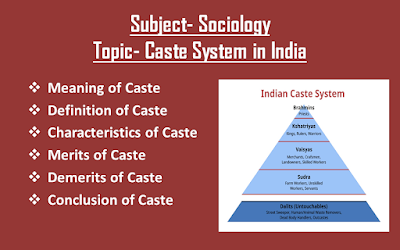Difference between Sanskritization and Westernization

# In Tabular Form Sanskritization Westernization 1. Sanskritization process promoted the sacred outlook. 1. Westernization process promoted secular outlook. 2. It is a process of upward mobility by a process of imitation. 2. It is a process of upward mobility by a process of development. 3. It implies mobility within the framework of caste. 3. It implies mobility outside the framework of caste. 4. It puts a taboo on meat-eating and consumption of alcohol. 4. It promoted meat-eating and consumption of alcohol. 5. It is an indigenous or internal process that explains the internal changes taking place in India's traditional social structure. 5. It is a foreign process and it is related to these external influences that have brought many changes in our society. 6. It has always existed in one form or the other in Indian history. 6. The process of westernization started from the time of British rule and grew more rapidly after i






